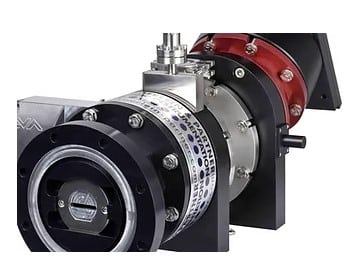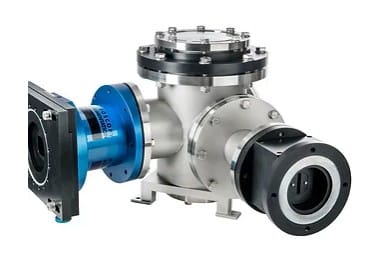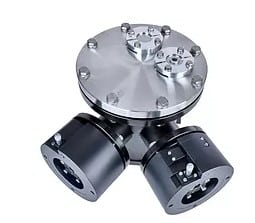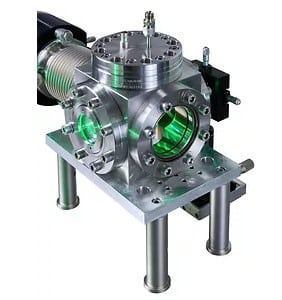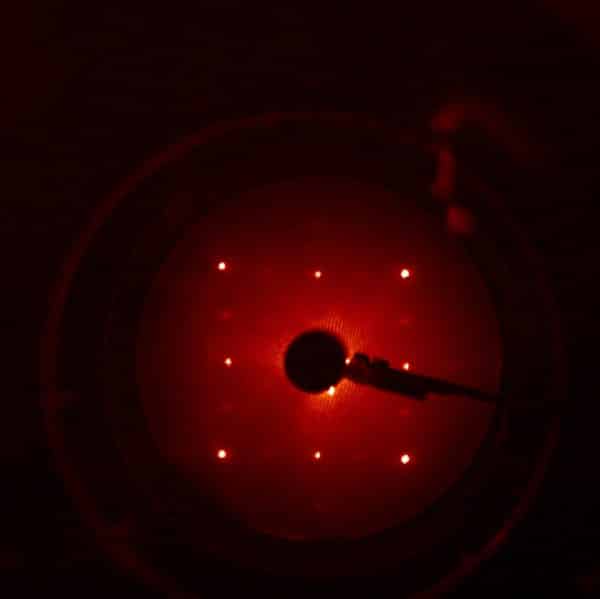Spectrometers for X-Ray/XUV/VUV/EUV Spectroscopy
Our H+P spectrometer platform includes many configurations spanning the X-Ray, XUV, EUV, and VUV regions. Many standard configurations are available and we also can quote customized spectrometers.
Spectrometer Model Table
Featured Spectrometers
Application papers
Request Quote or Support

